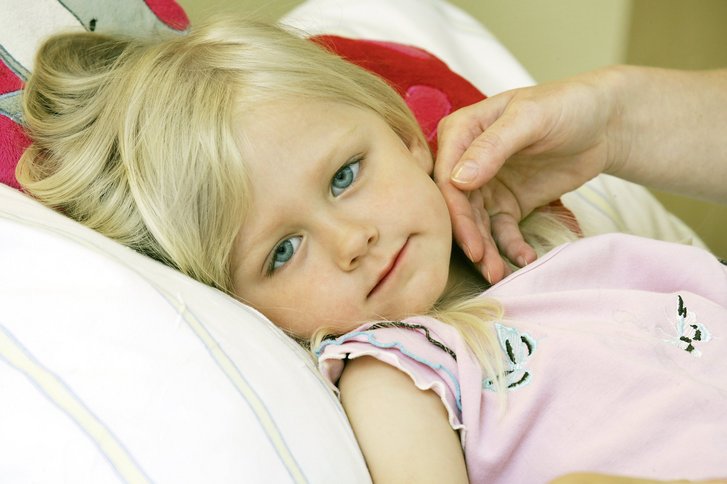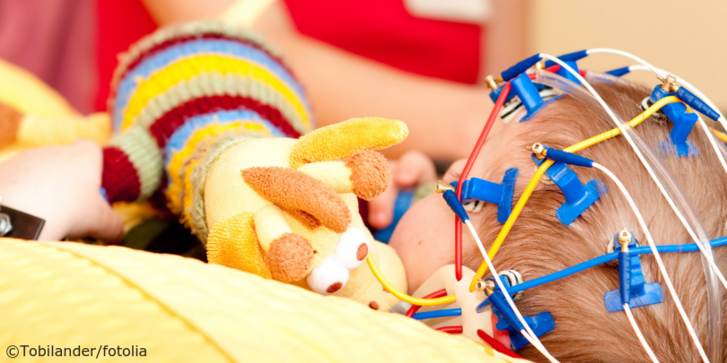
Scarlet fever
Scarlet fever is a serious disease, which at first doesn’t seem so. In this article we will talk about the difference between scarlet fever and ordinary sore throats and how to help a child with this disease.
The word "scarlatina" itself refers to the Latin word, which means "bright red". It is by the inflamed bright red throat, red tongue and skin rashes that parents can recognize this disease. Annually, 50,000 new cases are diagnosed, and more than 6% of all children under 5 years of age get scarlet every year.
Throat redness
At first, the child develops symptoms such as fever, discomfort and, most importantly, sore throat. This is often accompanied by swelling and inflammation of tonsils. If after a while there is a white plaque on the tongue, and the child complains that it’s difficult to swallow, you should see a doctor. Later white plaque passes, and instead of it appears red tongue - a phenomenon also known as crimson tongue.
Rash
The development of scarlet provokes bacteria, namely a certain type of streptococcus. They’re transmitted by airborne droplets, as in the case of a cold, so the child can easily pick them up. This type of streptococcus produces poisonous substances that cause typical scarlet rashes: many small red bubbles, mainly in the folds, such as armpit or groin.
Scarlet fever is characterized by the so-called "white triangle": no redness around the mouth and on the chin. After a few days, the temperature drops and the skin starts to flake.
Rapid response
Scarlet fever is very easy to recognize, but for fidelity it is still worth doing some tests. Then, the child is immediately prescribed penicillin, and the next day there is a relief. There’s no need to remove tonsils, and after 1-2 days the child ceases to be a carrier of infection. However, the treatment, which takes no more than 10 days, shouldn’t be interrupted. It’s very important to pay attention to this, because otherwise some streptococci will survive and develop resistance to antibiotics.
Penicillin
Penicillin promotes rapid recovery of the child's body, and it doesn’t cause complications.
Underestimated risks
Often, antibiotic treatment does not lead to side effects, and because of this many underestimate the possible risks of secondary diseases. Children who don’t take penicillin, are carriers of the disease for three weeks, so they should be quarantined. You shouldn’t go to kindergarten or school for several weeks. There’s also the possibility of secondary diseases. Even if you are absolutely against taking antibiotics, you will have to do something, because in this case, the antibiotic is really necessary.
Consequences
If your child doesn’t take penicillin, the bacteria get stronger and can lead to complications such as ear inflammation or tonsil fester. The probability of developing secondary diseases also increases several times. A few weeks after infection, there may be signs of rheumatism, which leads to joint damage and pain, up to inflammatory processes in the heart, a phenomenon known as the "scarlet heart". Among other things, the child may develop kidney inflammation or neuropsychiatric disorders such as strange twitching. This symptom is due to the presence of poisonous substances that produce the agents of scarlet. However, it’s penicillin that effectively reduces the risk of secondary effects.
Good to know
Penicillin in no way affects the body's ability to produce antibodies against the agents of scarlet fever.






